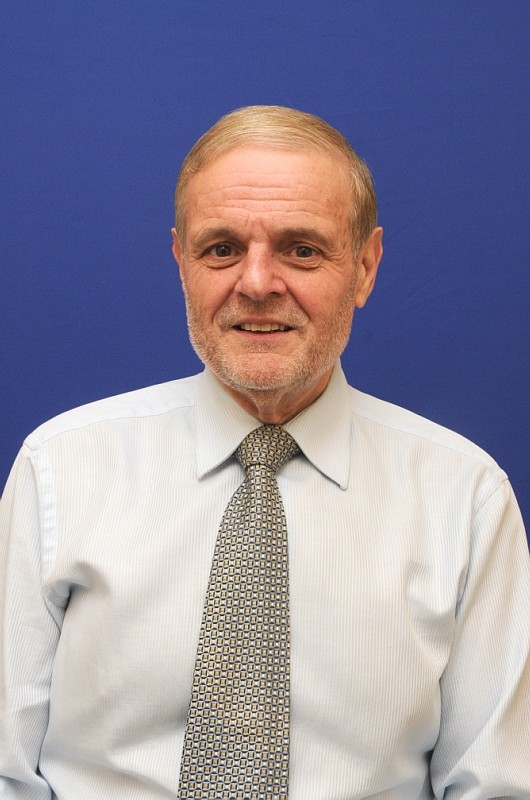New meta-analysis about safety and efficacy of Cerebrolysin®
In 2018 the Meta-analysis ‘Safety and efficacy of Cerebrolysin® in early post-stroke recovery: a meta-analysis of nine randomized clinical trials’ was published in the journal of Neurological Sciences. The specific question of this meta-analysis was: Does Cerebrolysin® have an effect on early neurological status? The impressive results you can find under following link.
https://link.springer.com/article/10.1007/s10072-017-3214-0
We asked the investigator Natan Bornstein, Vice-President of the World Stroke Organization, for an interview!
Interviewer: Prof Bornstein, recently there has been tremendous progress in enhancing clinical evidence of Cerebrolysin® and many very positive and promising studies have been published also in “Stroke” . In one of these studies you were part of the Steering Committee and in last December you authored a meta-analysis of nine RCTs conducted with Cerebrolysin®. What was your intention or motivation for this meta-analysis?
Natan Bornstein: A strong motivation to conduct this meta-analysis was the CARS trial that demonstrated a significant improvement in motor recovery after Cerebrolysin® treatment; also in the mRS, and other important outcome measures. I have been following the clinical and pre-clinical development of Cerebrolysin® since the CASTA trial and realized that the key finding from CASTA – the impact of stroke severity - continued to play a major role when demonstrating efficacy of Cerebrolysin®. I and my colleagues and co-authors became curious if new evidence about this intriguing compound could be shown.
Interviewer: The objective of your meta-analysis was the early neurological recovery. Why choosing this endpoint?
Natan Bornstein: Reducing post-stroke complications starts by enabling patients to get out of bed earlier. Cerebrolysin® has demonstrated early improvement in all major trials in acute stroke. In the early time period after stroke, Cerebrolysin® enhances endogenous reparative processes, which help the brain to recover. Early recovery is of paramount importance for patients and caregivers as it increases their motivation and participation in the long-term recovery journey. It is known that long-term adherence to a rehabilitation program is one of the main problems of stroke rehabilitation and therefore, early recovery will give the patient and the caregiver hope to continue the program.
Interviewer: But by choosing 21 or 30 days of early recovery you deviate from the standard 90 day outcome measures.
Natan Bornstein: That depends on what you want to show. Results of a previous meta-analysis found promising early treatment effects in the NIHSS but included only two studies. Furthermore, due to spontaneous recovery, all patients will improve over time, especially if they suffer from mild stroke, and at day 90 we are confronted with a ceiling effect. The neurological impairment is a domain where early treatment effects are likely to be most marked and the NIHSS has shown to be a very sensitive outcome parameter for such early points in time. Early assessment is also not influenced by all the factors that come into play after discharge from hospital, like management of co-morbidities or the varying intensity with which patients participate in rehabilitation programs. Therefore, there are many advantages to focus research on earlier time points. Furthermore, this approach allowed us to include all nine trials, which made this meta-analysis the largest one that was ever performed with Cerebrolysin® in stroke. And by the way, this meta-analysis also assessed long-term effects of Cerebrolysin® by using the mRS at day 90.
Interviewer: Could you be so kind to comment on these findings?
Natan Bornstein: In the meta-analysis we assessed the mRS at day 90 and focused on patients who suffered from a moderate to severe stroke for the reason I mentioned before. The result was very impressive as patients treated with Cerebrolysin® had a statistically significant chance of 61% for a better outcome in the mRS.
Interviewer: Coming back to the overall results of the Cerebrolysin® meta-analysis in acute stroke, let us look a bit more into the details. What do you consider your key findings?
Natan Bornstein: The most eye-popping result is the very low number needed to treat of 7.7 in the early NIHSS. Single digit NNTs represent differences that would be apparent in day-to-day clinical practice and hence compelling for clinicians and patients. Interestingly, this low NNT is similar to that shown by rt-PA in the major thrombolysis trials.
Interviewer: How was this low NNT reflected in the “standard” NIHSS analysis?
Natan Bornstein: The NIHSS changes measured on day 21 or 30 clearly favored the Cerebrolysin® group giving patients a 60% better chance of recovery as compared to placebo. Moreover, the strongest effects were observed in patient populations with a high stroke severity at baseline. In my mind, clinicians should use especially for these patients every opportunity to improve the short-and long-term outcome.
Interviewer: Finally, a question regarding the safety of Cerebrolysin®, were any problems observed?
Natan Bornstein: Not at all, the opposite was observed. We detected a risk reduction in mortality of 17% in the overall study population, which didn’t surprise me because I observed this effect already in the CASTA study, only stronger for the more severely affected patients. Cerebrolysin® is safe and seems to reduce the mortality rate, probably because of the faster progress in early recovery so that complications like aspiration or hospital-acquired pneumonia develop at a lower rate.
Interviewer: Prof Bornstein, thank you very much for this interview.
